
When I was growing up, I borrowed as many books from the sci-fi and fantasy genres as I could find at our local library. Occasionally, a relative or a family friend would lend me a title that I hadn’t found elsewhere. Many of these tales were classics that had been published years before I – or even my parents – had been born.
One of the most interesting things about reading these old stories was getting a glimpse into parts of the past that history teachers generally didn’t discuss. Some of the characters in them worried about things that were controversial in certain eras or communities but that sounded old-fashioned and downright odd to me as a reader who wasn’t from that time and place.
Others discussed much more reasonable fears like the threat of nuclear war. Based on what I’d learned about the end of World War II and the Cold War in school and from reading about them in my free time, it made sense to see folks in 1940s and 1950s thinking about this topic and, in some plots, attempting to survive after the big bombs went off.
With these thoughts in mind, I’ve been thinking about what the science fiction and fantasy genres might be like in the coming decades. Here are my predictions of a few of the things I think could happen to them in the future.
Sci-Fi and Fantasy Will Merge Into One Genre
 The lines between these genres has only seemed to grow fuzzier over time. These days it’s becoming rare for me to find a book in either genre that doesn’t contain any elements from the other one.
The lines between these genres has only seemed to grow fuzzier over time. These days it’s becoming rare for me to find a book in either genre that doesn’t contain any elements from the other one.
This is especially true when I think about younger writers who appear to become more interested in mixing genres with every passing year.
We already colloquially refer to these two genres as sci-fi/fantasy or SFF, and I’ve seen multiple discussions take place about whether book or show X should be classified as fantasy or science fiction when it obviously was written to include elements of both in its storyline.
I think it will only be a matter of time before the majority of people start to think of them as more or less the same thing if this trend continues.
There Will Be More Diversity
…and it’s about damn time!
One of the most exciting changes I’ve seen in the sci-fi/fantasy genres over the past decade or so has been in the increasing number of diverse authors and stories. The demand for them rises with each passing years, and I think it will accelerate even faster in the future.
Climate Change Will Be a Major Antagonist
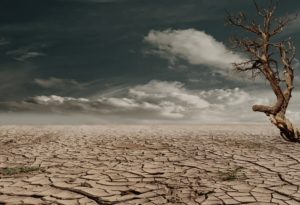 Yes, there already have been novels published about how humanity might fare as Earth’s climate continues to warm up in the near and distant future.
Yes, there already have been novels published about how humanity might fare as Earth’s climate continues to warm up in the near and distant future.
Unless something changes quite soon, I don’t think this is something future generations are going to escape. I expect more and more authors to write stories about characters dealing with water shortages, violent storms, and the erosion of coastlines.
Fiction isn’t always about escaping to a more pleasant place. Sometimes the same problems that plague people in real life leak into the stories we write and read about.
With more and more communities feeling the negative effects of climate change now and in the future, I believe that authors will dig into these experiences when they write about how their characters react to similar problems.
Hope Will Become More Fashionable
As I’ve written in my hopeful science fiction series,
The news is already overflowing with stories about miserable things happening to good people through no fault of their own. When I read fiction these days, I’m now looking for an escape from injustices that are never made right again.
I’m seeing signs that other readers feel the same way. This isn’t to say that horror or post-apocalyptic fiction will disappear entirely, but I wouldn’t be surprised if the SFF genre in general begins to turn its face towards those things in this world that help people believe tomorrow could be a better day.
People need hope. The more troubles they face, the truer this becomes in my experience.
How do you think the sci-fi/fantasy genre will evolve over the next few decades?

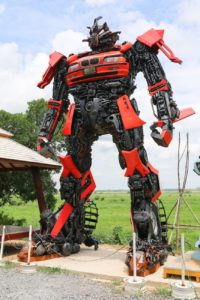 You might think I’m joking about this, but I’m not. This is how the last couple of days have been for me.
You might think I’m joking about this, but I’m not. This is how the last couple of days have been for me. Today is Family Day for those of us who live in Alberta, British Columbia, Ontario, New Brunswick, or Saskatchewan. Family Day was first observed in 2007 in New Brunswick, and it was created in order to give people a paid day off in February to rest and spend time with their families.
Today is Family Day for those of us who live in Alberta, British Columbia, Ontario, New Brunswick, or Saskatchewan. Family Day was first observed in 2007 in New Brunswick, and it was created in order to give people a paid day off in February to rest and spend time with their families.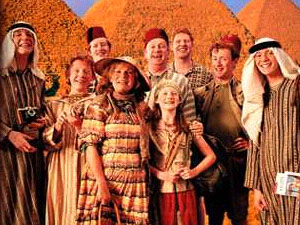 The Weasley Family from J.K. Rowling’s Harry Potter series.
The Weasley Family from J.K. Rowling’s Harry Potter series. 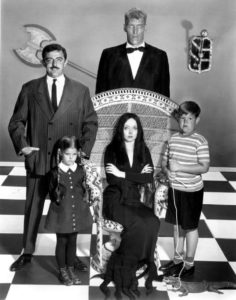 When I was a kid, my family wavered between having a TV and taking breaks from living with one. When we did have a TV, it was common for us to only be able to watch the channels that could be seen for free if you had an antenna and the wind was blowing the right way. (This is only a partial joke. The weather really could influence what channels we could get on stormy days from what I recall!)
When I was a kid, my family wavered between having a TV and taking breaks from living with one. When we did have a TV, it was common for us to only be able to watch the channels that could be seen for free if you had an antenna and the wind was blowing the right way. (This is only a partial joke. The weather really could influence what channels we could get on stormy days from what I recall!) Once my family got a television, (temporarily) signed up for cable service, and began watching more contemporary programs, I quickly learned which show I enjoyed the most: The Simpsons!
Once my family got a television, (temporarily) signed up for cable service, and began watching more contemporary programs, I quickly learned which show I enjoyed the most: The Simpsons!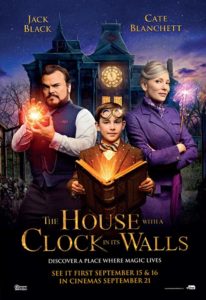
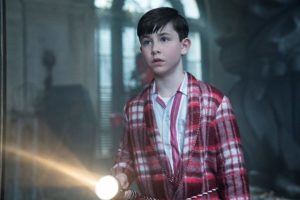
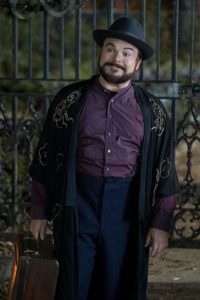
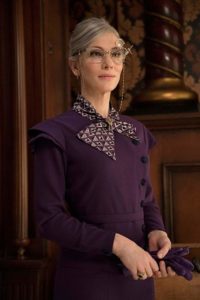

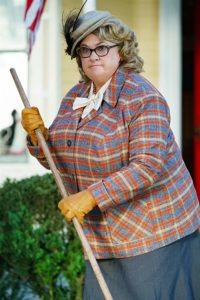

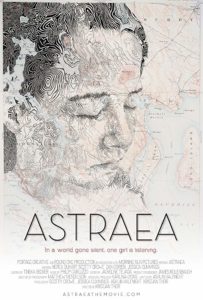 Astraea is a 2016 film that is set in a slightly futuristic version of what used to be the United States. The main character, Astraea, is a young girl living in what’s left of human society after an epidemic killed off a huge percentage of the population. She’s convinced that their brother and grandmother are still alive, and tries to convince her older half-brother, Matthew, to travel around North America in search of them.
Astraea is a 2016 film that is set in a slightly futuristic version of what used to be the United States. The main character, Astraea, is a young girl living in what’s left of human society after an epidemic killed off a huge percentage of the population. She’s convinced that their brother and grandmother are still alive, and tries to convince her older half-brother, Matthew, to travel around North America in search of them.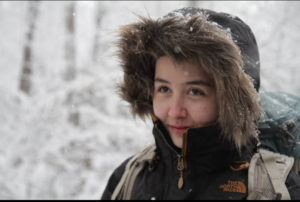
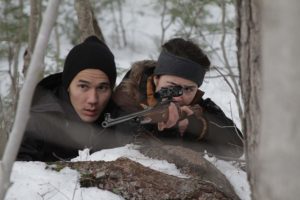
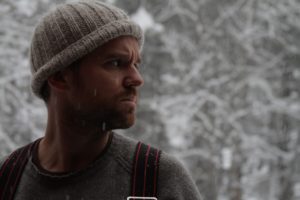
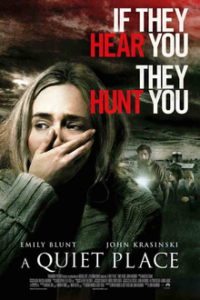 A Quiet Place is an American post-apocalyptic thriller that was released on March 9, 2018. It’s set in a near-future version of Earth in which sightless monsters have taken over the entire planet. Where these creatures came from is unknown, and their skin is so thick that it cannot be pierced by bullets. The only way to being detected by them is by remaining perfectly quiet twenty-four hours a day.
A Quiet Place is an American post-apocalyptic thriller that was released on March 9, 2018. It’s set in a near-future version of Earth in which sightless monsters have taken over the entire planet. Where these creatures came from is unknown, and their skin is so thick that it cannot be pierced by bullets. The only way to being detected by them is by remaining perfectly quiet twenty-four hours a day.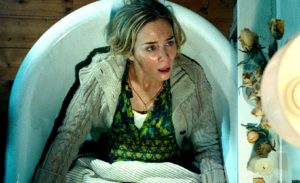

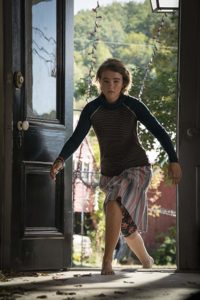
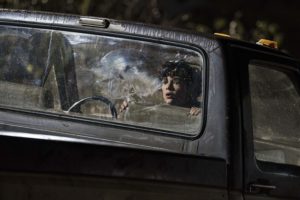

 I was originally planning to write about walking meditation today, but I’ve been dealing with a stubborn headache the past few days that’s kept me from doing the research needed to properly put that post together. It’s such a cool concept that I want to make sure I do it right. So we’ll save the walking meditation discussion for a later date and have a quick chat about winter holiday reads now instead.
I was originally planning to write about walking meditation today, but I’ve been dealing with a stubborn headache the past few days that’s kept me from doing the research needed to properly put that post together. It’s such a cool concept that I want to make sure I do it right. So we’ll save the walking meditation discussion for a later date and have a quick chat about winter holiday reads now instead.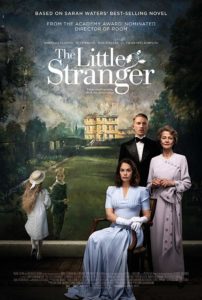 The Little Stranger is the 2018 film adaptation of a book by the same name written by Sarah Waters, one of my favourite authors. This story was set in 1948, and it followed about a year in the life of Dr. Faraday, a middle-aged man who was one of only two doctors in his rural community. He grew up in a low-income family at a time when the vast majority of children did not move into higher social classes as adults than the ones they were born into, so he was still adjusting to the changes that higher education had brought to his life when this mystery began.
The Little Stranger is the 2018 film adaptation of a book by the same name written by Sarah Waters, one of my favourite authors. This story was set in 1948, and it followed about a year in the life of Dr. Faraday, a middle-aged man who was one of only two doctors in his rural community. He grew up in a low-income family at a time when the vast majority of children did not move into higher social classes as adults than the ones they were born into, so he was still adjusting to the changes that higher education had brought to his life when this mystery began.
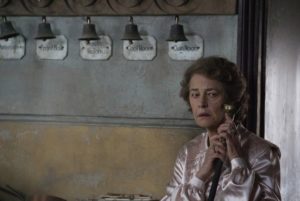
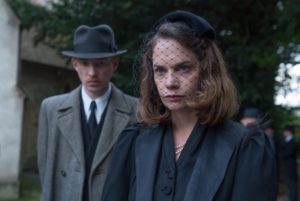
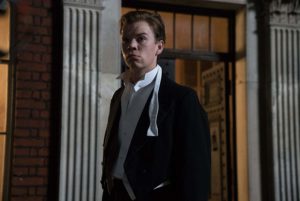
 Readers, we need to talk about the fact that there’s such a thing as science fiction and fantasy poetry that’s written about Christmas and other winter holidays.
Readers, we need to talk about the fact that there’s such a thing as science fiction and fantasy poetry that’s written about Christmas and other winter holidays. The other day I was having a conversation with someone about the types of science fiction we both like. After explaining to them the novels and TV shows from this genre that I’ve enjoyed the most over the years, they made a comment about how interested I seem to be in hard science fiction.
The other day I was having a conversation with someone about the types of science fiction we both like. After explaining to them the novels and TV shows from this genre that I’ve enjoyed the most over the years, they made a comment about how interested I seem to be in hard science fiction.